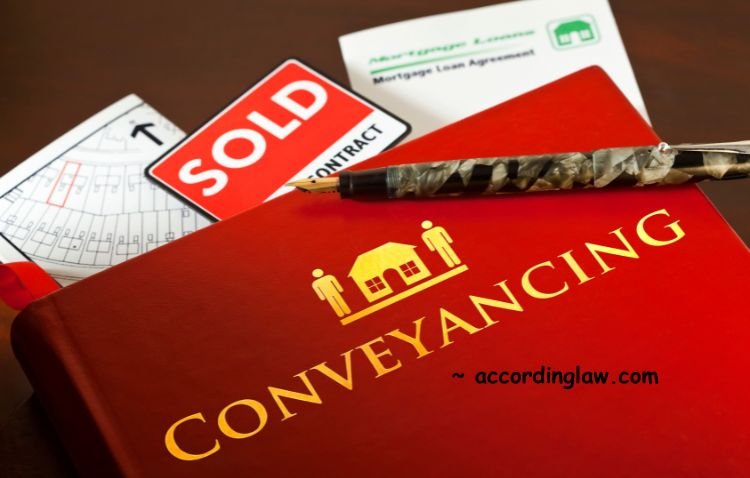Many people dream of owning a home one day, but few understand what happens behind the scenes during the buying or selling of a property. This is where the conveyancing process comes into play. This vital step ensures that property transactions run smoothly and legally.
Understanding this process is essential for anyone involved in real estate transactions.
Table of Contents
What is Conveyancing?
At its core, conveyancing is the legal process of transferring ownership of a property. It involves several steps that must be carefully followed to ensure that the transaction is legal and the buyer receives clear ownership of the property. The process begins once the buyer and seller agree on the sale terms, often through a contract.
Equity release transactions, where homeowners unlock value from their property (often later in life), also require conveyancing to ensure all legal aspects are properly managed and ownership changes or charges are correctly registered.
Having a licensed lawyer by your side during the conveyancing process is crucial. These professionals specialize in property law and can help navigate the complex regulations and requirements that come with property transactions.
A licensed lawyer can ensure that all the paperwork is correctly completed and submitted on time, safeguarding your interests throughout the process.
Steps in the Conveyancing Process
The conveyancing process can be divided into several key steps that make it easier to understand. Here’s a brief overview of what to expect:
Pre-Contract Phase
This initial step involves gathering all necessary documents related to the property. The seller must provide details about the property, including its title deed, any surveys, and disclosures about the property’s condition.
The buyer’s lawyer reviews these documents to ensure everything is in order before entering a contract.
Execution of the Contract
Once both parties agree to the terms, they will sign a contract. This contract outlines the purchase price and other important details. It is essential for both buyer and seller to fully understand the terms to avoid any future disputes.
Exchange of Contracts
After signing, the next step is the exchange of contracts between the buyer and seller. This exchange formalizes the commitment from both parties to proceed with the sale. A deposit is usually paid at this point, which demonstrates the buyer’s serious intent to purchase the property.
Due Diligence
Prior to finalizing the sale, the buyer’s lawyer conducts thorough due diligence. This may include researching local property regulations, checking for any easements or liens against the property, and ensuring there are no issues that could affect the buyer’s ownership.
Completion of Sale
Once all due diligence is satisfied, the completion occurs. This is when the property officially changes hands.
The buyer pays the remaining balance, and the seller hands over the keys. The licensed lawyer helps with registering the property, ensuring the new owner’s name is recorded on the title deed.
Post-Completion
After the sale completes, the hard work doesn’t stop. The new owner must get the property title formally transferred. This is where the role of a property title lawyer becomes vital.
They assist in ensuring that all legal documentation is in order, the title is clear, and future disputes are minimized. Proper management of post-completion responsibilities is essential for securing ownership rights.
Navigating the Conveyancing Process
The conveyancing process is a crucial aspect of real estate transactions. With the help of a licensed lawyer, both buyers and sellers can navigate this complex legal framework smoothly. Whether you are buying your first home or selling a property, being informed is the first step to making sound decisions in your real estate journey.
You can find more useful and interesting articles on our website. Be sure to visit us and read more.


